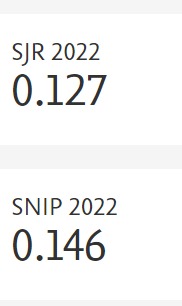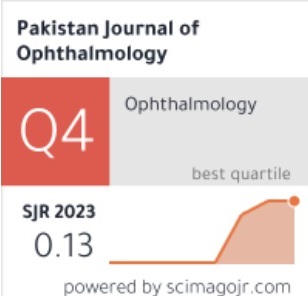Neuroimaging in Neuro-Ophthalmology (Systematic Review)
Doi: 10.36351/pjo.v36i2.1026
DOI:
https://doi.org/10.36351/pjo.v36i2.1026Keywords:
Neuro-ophthalmology, Magnetic Resonance imaging, Optic neuritis, Papilledema, Visual Pathway, Optic tract, Optic nerve, Meningioma, Glioma.Abstract
There are quite a number of neurological diseases, which initially present to the ophthalmologists. Based on the proper history and clinical findings ophthalmologist have to suggest the ancillary neuro-imaging to support their provisional diagnosis and reach the site of lesion. Unless the ophthalmologists are aware of the right imaging at right time and at right area to focus, there are many pitfalls. MRI and CT of the brain and orbit are important investigations in neuro-ophthalmology which if intelligently ordered can add to the diagnostic and management process. In general, MRI is the most commonly ordered investigation in neuro-ophthalmology with so many additional sequences as FLAIR, GRE, diffusion weighted imaging, spectroscopy, in addition to T1 and T2 weighted imaging. Having said that CT scan has its advantages in cases of bony pathologies and acute brain hemorrhages.
This article reviews the indications and importance of different neuro-imaging techniques, based on the previous studies from 1997 to 2019.






